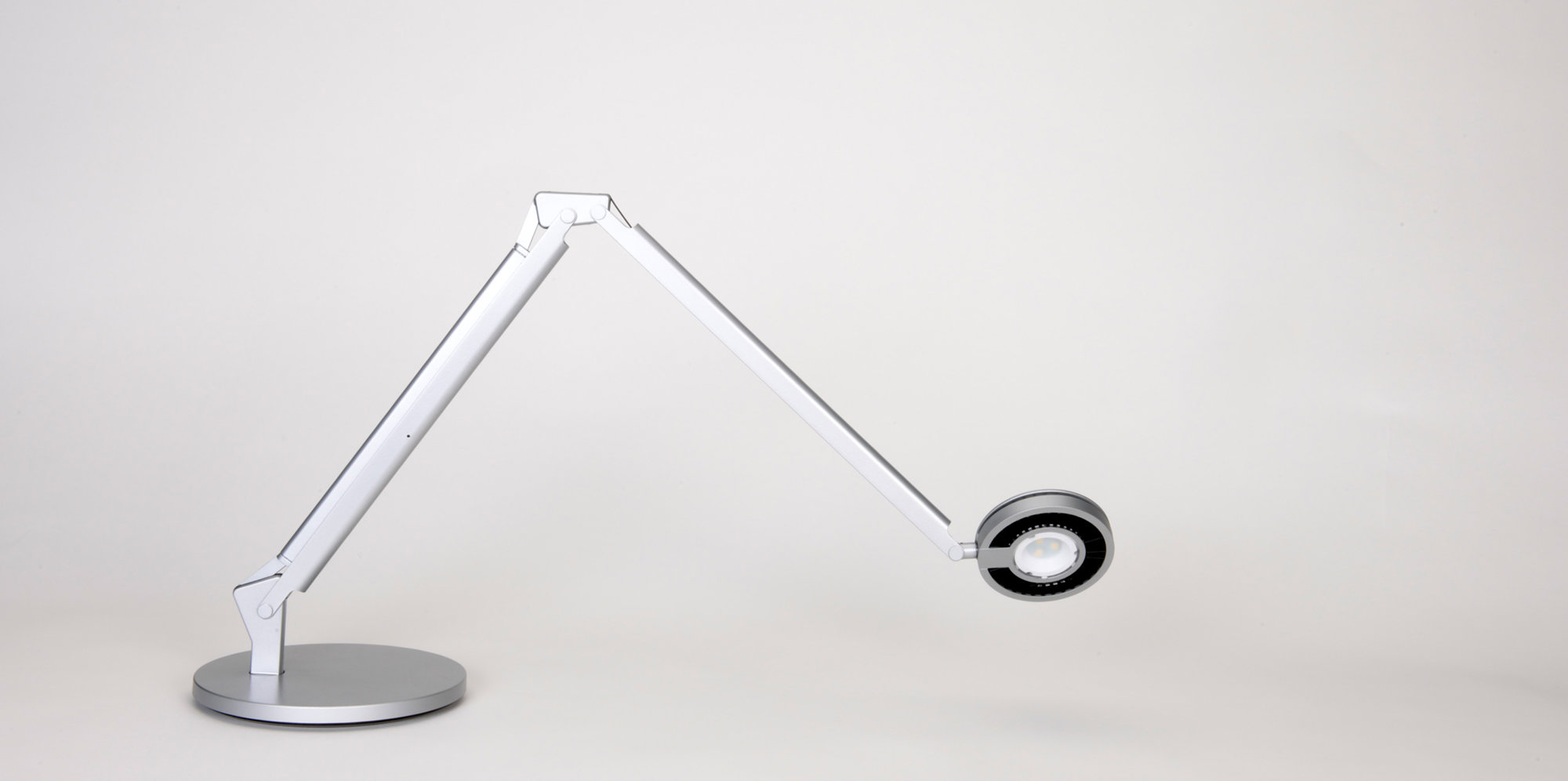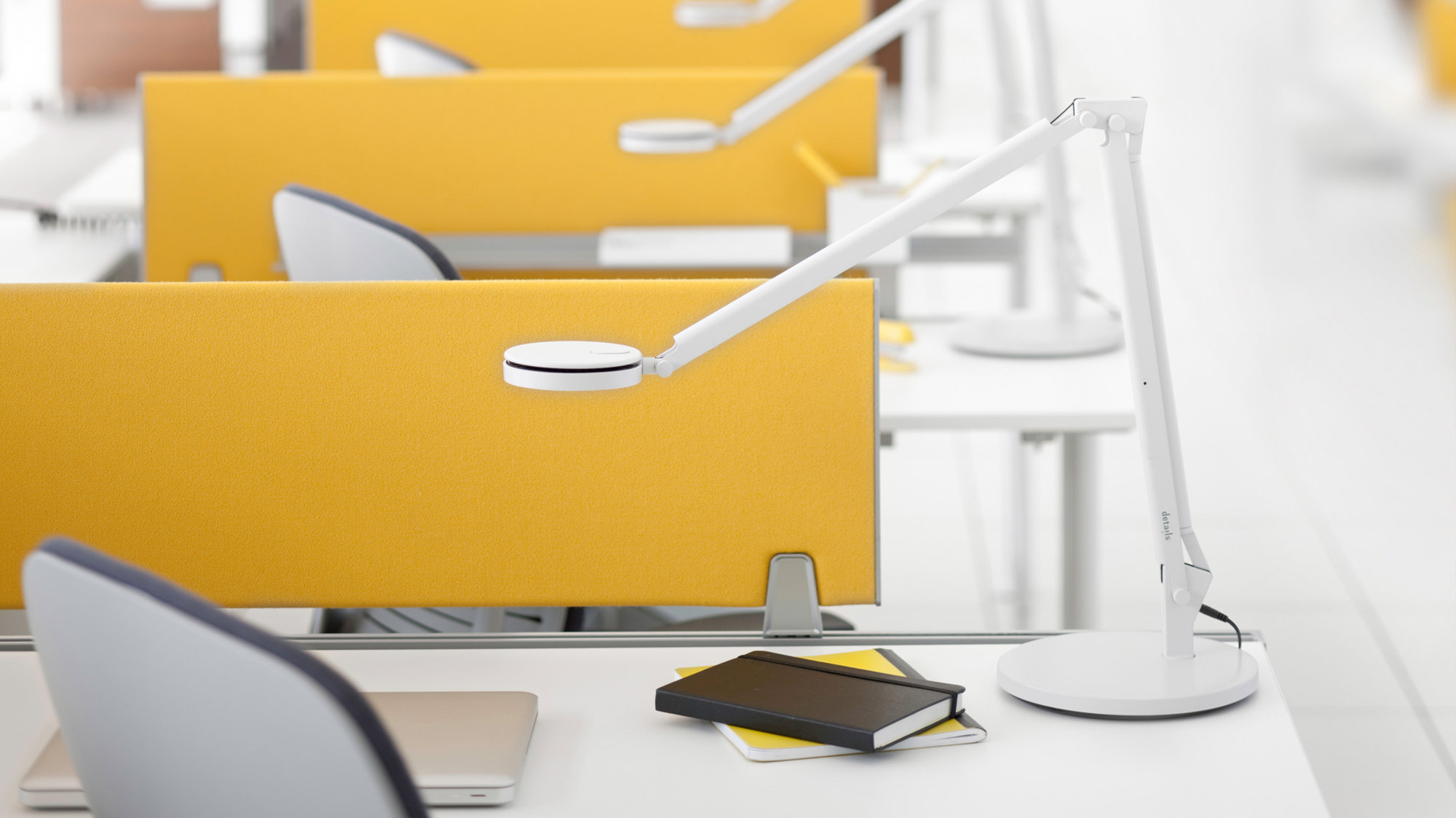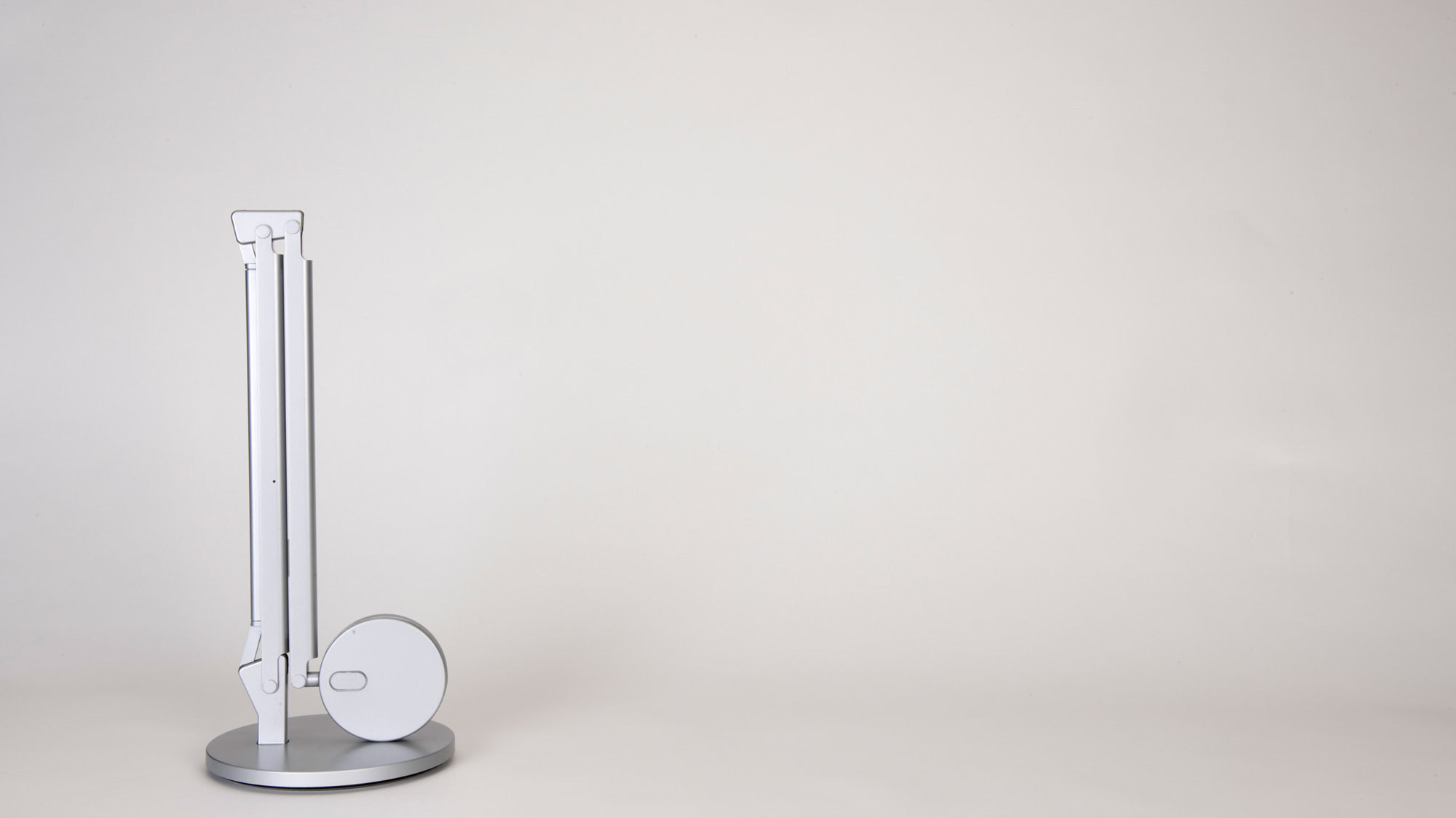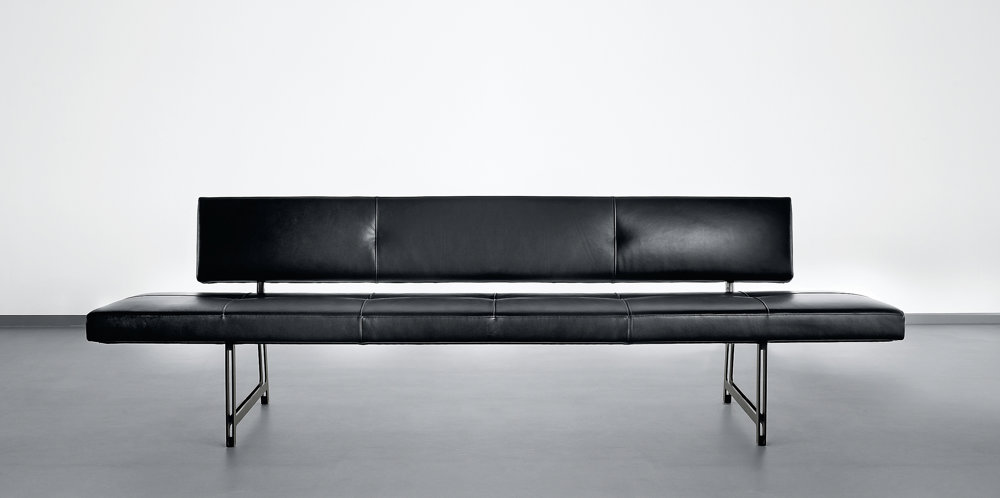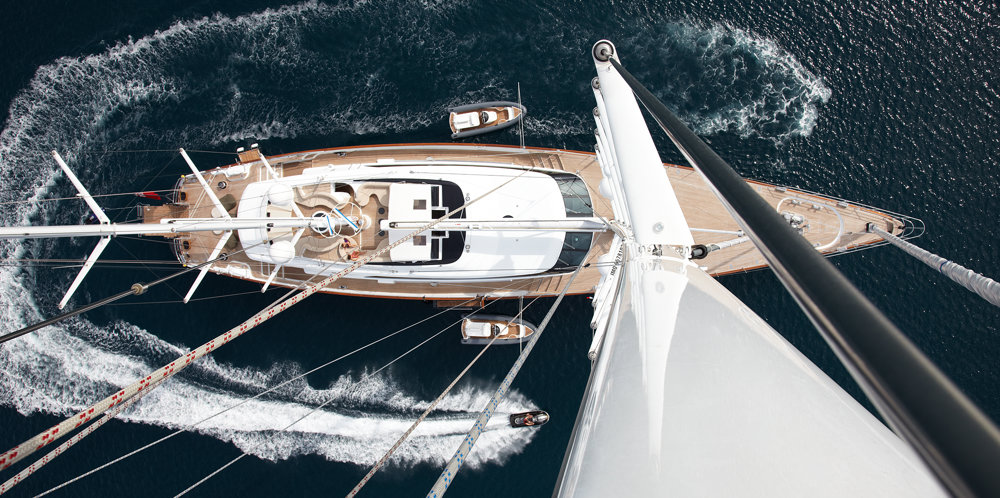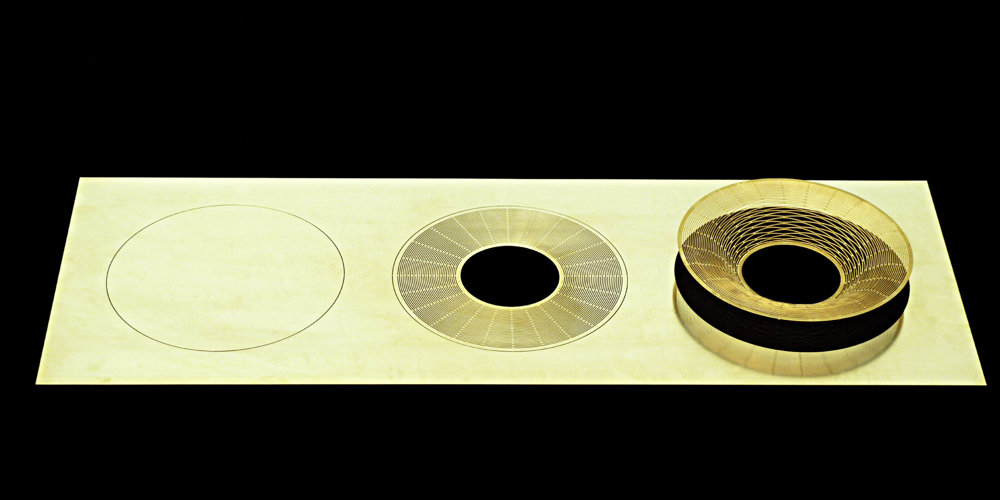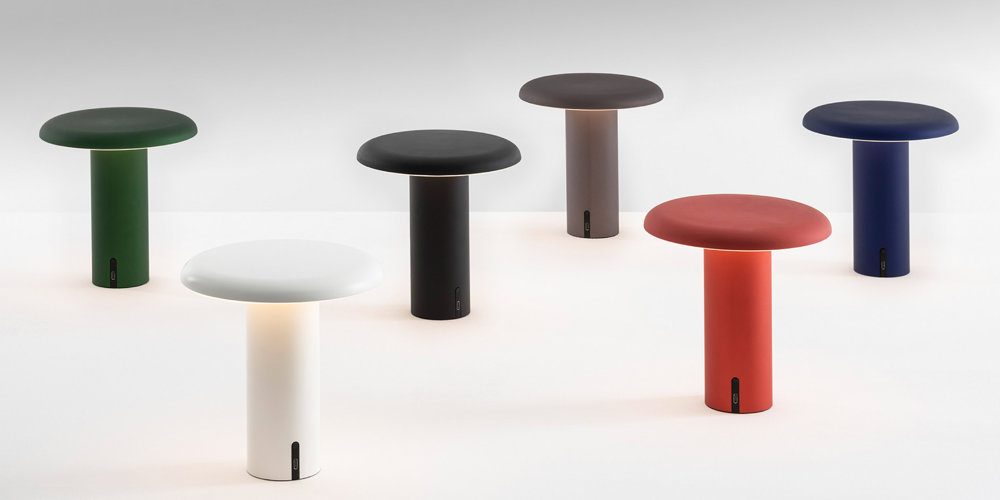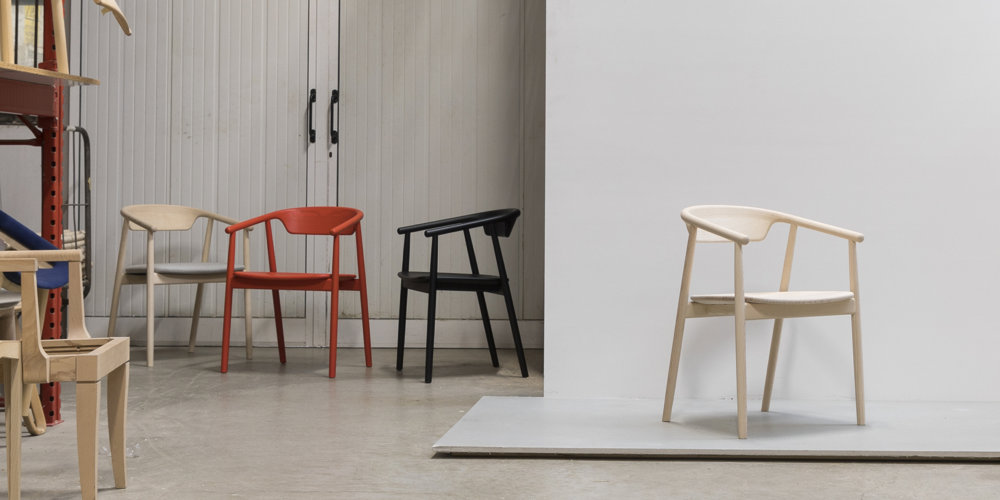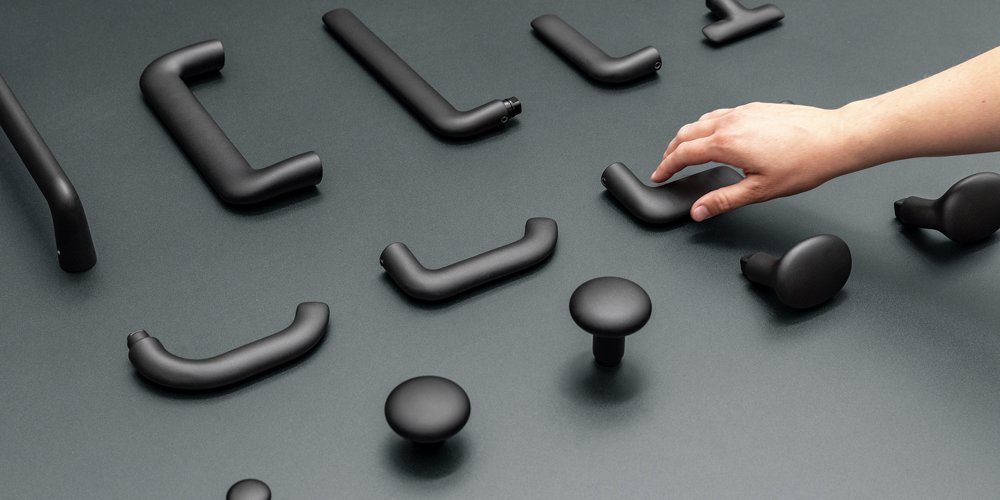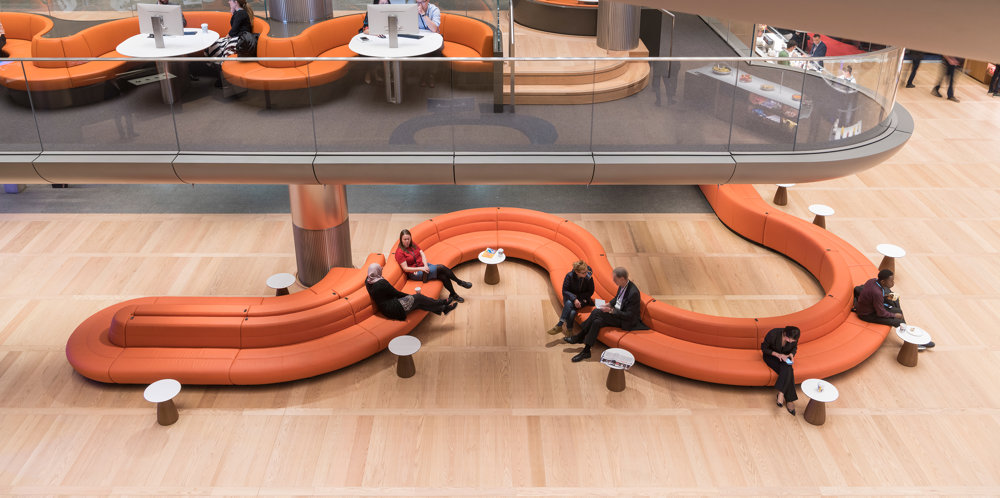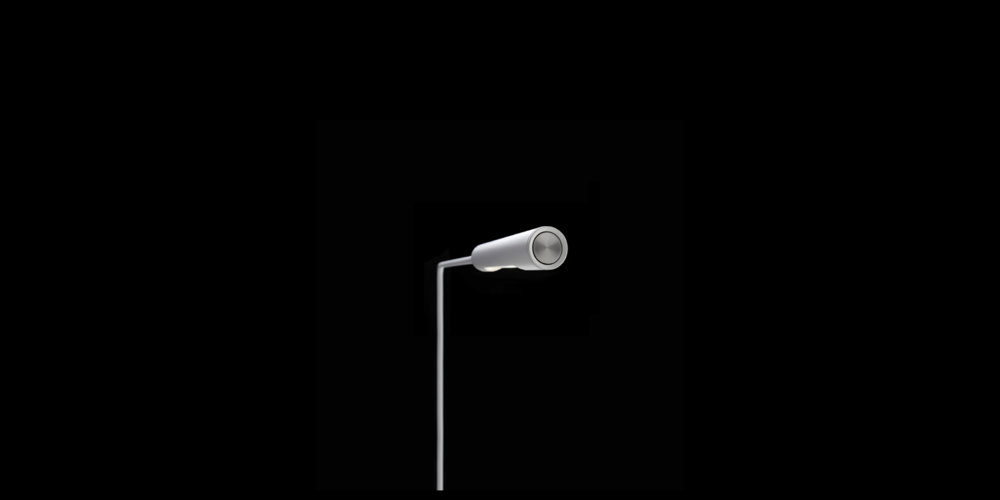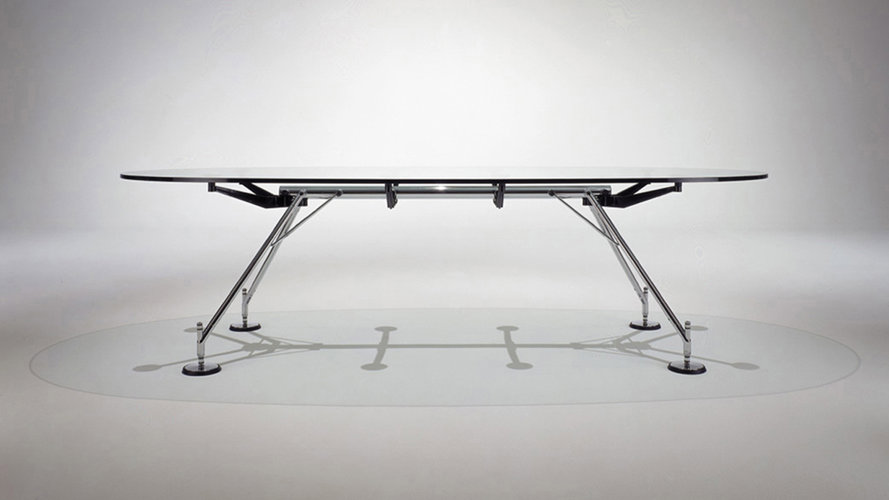In reinventing a product more commonly found in the workplace for a domestic setting, DASH, designed by Foster + Partners with Steelcase ‘Details’, integrates the latest LED technology within an elegant, understated task light. For some time, LEDs have been seen as a viable alternative to fluorescent and incandescent light sources and benefit from increased life and low power consumption. Their use, however, has been limited by providing sufficient heat transfer and designing a suitable frame for such narrow beams of light. The quality of the optics was one of the most important drivers of the project and the light output had to be excellent. It was equally vital that DASH had a visual simplicity which expressed its technical and hard working design, but would remain elegant in its surroundings.
Many LED lamps fall into the more decorative sectors of the market, as they produce a low level of output or poor quality of light. Often large ‘banks’ of LEDs are used, which creates multiple shadowing and is far from ideal. Instead, the approach was to design the head around the technology and, following rigorous design and engineering development, the team was able to focus and control the LEDs. While several of the most efficient LEDs currently available were tested, this technology continues to evolve – the flexible optics of the DASH head are therefore designed with the facility to be upgraded and light sources are continually reviewed to incorporate improvements in efficiency. This also gives the lamp a further advantage: the LEDs are currently useable for around 50,000 hours but, unlike most LED fixtures, which are wastefully discarded when the light has expired, with DASH the head can simply be exchanged.
To further increase the product’s environmental performance, the lamp is designed to be easily dismantled and all materials and manufacturing processes conform to BIFMA Level 1 standards. Rather than use PVC wires, the low current is carried through a reliable circuit in the arms and joints. A further objective was to achieve fully balanced arms with double articulation. This has the advantage of allowing the user a high level of control over glare and light intensity with the simple movement of the source. The movement is smooth and precise, with minimal resistance at the joints – the light stays exactly where it is placed and is designed to be a pleasure to use. Balancing of the arms within such a slim profile and avoiding the use of additional wire cables and exposed springs was a major challenge accomplished by the project.









